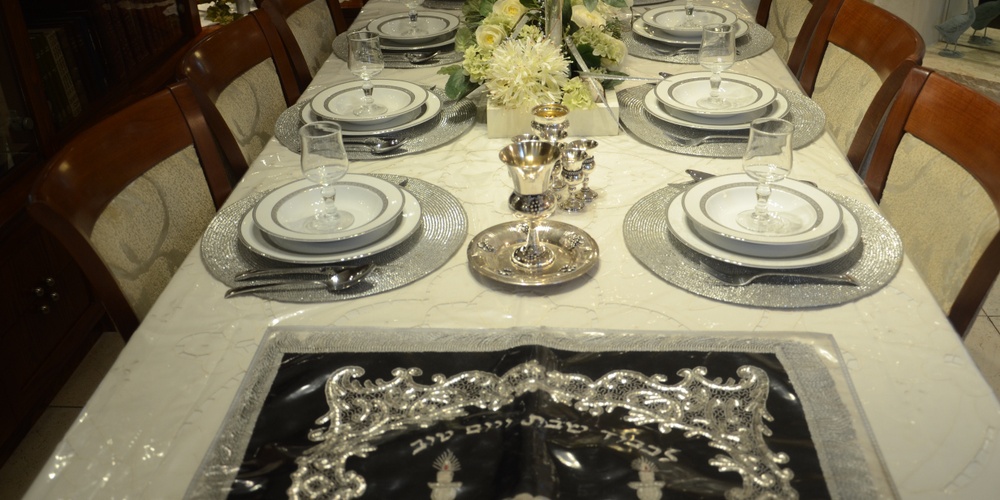
“The laws of Shabbat…are like a mountain being held up by a thread” (Chagigah 10a). Shabbat is the pivot around which Jewish life revolves. Its laws are vast and detailed, and are applicable week in and week out. Yet beyond the mitzvah to “remember” and “guard” the Shabbat, we are told next to nothing about how to observe it. One little verse—“Do not light a fire in all your dwelling places on Shabbat” (Shemot 35:3)—and that is about all we are told[1]. Even this verse is not particularly clear, becoming a major point of historic dispute with the Karaites, who claimed—not without reason—that the meaning of the verse is that one must sit in the dark throughout Shabbat[2].
The paucity of detail regarding Shabbat is all the more striking when one compares it to the Mishkan, where the Torah not only spells out every last detail, but devotes the parshiot of Vayakhel and Pekudei to repeating those very same details. This is even more perplexing when one considers that many of the laws of the Mishkan were meant to apply to the generation of the desert only.
The juxtaposition of Shabbat and the Mishkan—both in our parsha and in parshat Ki Tisa (Shemot 31:12)—serves to elucidate the laws of Shabbat. It is those activities necessary for the building (or in the view of others, the running) of the Mishkan that define that which is prohibited on Shabbat.
Perhaps, then, the detailed description of the Mishkan should be viewed as a detailed description of Shabbat. In the aseret hadibrot, we are commanded to keep Shabbat, to acknowledge G-d as the Creator, the Redeemer and to celebrate the freedom afforded to man. These ideas are then “elaborated upon” as the Torah describes the Mishkan in all its detail. We have a ner tamid, a menorah, a shulchan (table), and special clothes, all of which serve as models for our Shabbat observance. And like Shabbat, with its double theme of zachor and shamor, the Torah records the details of the Mishkan a second time. In parshat Pekudei, we will read, over and over, “as G-d commanded Moshe”, stressing the role of the Mishkan as the Divine dwelling place. And what is Shabbat if not the opportunity to bring more of the Divine into our lives?
The centerpiece of the Mishkan was the Holy of Holies, containing the aseret hadibrot. Shabbat is our own Holy of Holies where, as in the Temple, Jews come together in prayer, study, and friendship. The Torah tells us precious little of the details of Shabbat—those can be left for the Oral Law to explain. Rather, it tells us of the goal of Shabbat: to build a sanctuary connecting man and G-d.
------------------------------------------------------------------------------------------------------------------------------
[1] The Torah also instructs us, “from ploughing and harvesting you shall rest” (Shemot 34:21), which removes a fraction of the question. However, we must note that the Oral Law applied this verse not to Shabbat, but to the Sabbatical year.
[2] It is not that the Karaites were necessarily incorrect in their understanding of Torah; rather, the Oral Law explained the verses differently. We see the same phenomenon, for example, regarding the famous dispute regarding the phrase “on the morrow of the Shabbat” (Vayikra 23:15). The Karaites and the Sadducees before them understood this to mean the day after Shabbat and not, as the rabbis explain, the day after Yom Tov—and for good reason. Why the rabbis rejected the plain meaning of the verse is a most important question, and one we discuss here.



